Apple variety Black Prince - description, benefits and cultivation
The apple tree is one of the trees that gardeners seek to plant on their personal plot. The plant is not only distinguished by interesting leaf plates, but also stands out for the possibility of fruiting aromatic, tasty and rich fruits.
Thanks to the constant work of breeders, a huge number of varieties of apple trees have been bred. Among them, the apple variety stands out - the Black Prince. To plant it on the site, you will need to know not only its advantages and description, but also the rules and dates for planting a plant, as well as the necessary care for it.
Content:
- Description of the apple variety Black Prince
- Preparation of soil, plot and seedling
- Landing terms and rules
- Watering and feeding the tree
- Everything you need to know about pruning
- Preparing for winter and hibernation
- Diseases, their signs and methods of treatment
- Pests, their signs and methods of control
- Harvesting and storage
Description of the apple variety Black Prince
American breeders in the second half of the twentieth century bred an interesting fruit tree variety - Jonagold. The plant quickly became widespread not only in the United States, but also in Europe. Due to the extensive localization of the apple tree, clones began to arise. One of the best varieties of the original species was the Red Jonaprince or Black Prince. Its appearance was recorded at the end of the twentieth century.
The Black Prince apple tree belongs to the varieties that ripen in autumn and are a medium early variety.
You can start picking apples in the last days of September, until the last decade of November. It is at the late harvest of fruits that the consumer ripeness of the fruits is revealed. If all the fruits are removed in advance, then they not only will not pick up sweets, but also completely lose all their taste. The tree perfectly tolerates severe frosts, but when planting a seedling in the regions of Siberia and the Urals, it is recommended to cover the plant for the cold season.
The sprouts initially grow rapidly. Until the first fruits appear (3-4 years of life), the crown manages to stretch out by 5m. in height. After that, the development of the tree gradually stops. Flowering occurs earlier than the Golden Rangers apple tree. Inflorescences have a white tone, but with a slight pink tint. It will be possible to taste the first fruits from the tree 3-4 years after planting. The advantage among other crops is the moment that a full harvest from the Black Prince can be obtained already at the 5th year of the life of the apple tree.
A distinctive feature of the plant's fruits is a triple set of chromosomes. This dignity was awarded to the apple variety by its direct parent, which also belongs to the triploid species. Thanks to this set of chromosomes, the tree consistently gives a rich harvest every year. Moreover, each apple is saturated with a high content of nutritious and useful elements.
Fruits on the sunny side of the tree take on a red hue that turns into black. And those fruits that are in the shade also have a crimson color.The fruits are distinguished by a standard weight - up to 0.2 kg each and a specific rounded-conical shape. The taste of the fruit is sweet, but the aftertaste shows a slight sourness. When bitten, the pulp is juicy, depletes a delicate specific aroma. If you bite off a small piece from the fruit, you hear a characteristic crunch.
The advantages of the Black Prince variety include the following criteria:
- Regular, abundant fruiting.
- Relative resistance to pathogenic microorganisms.
- Excellent commercial qualities and fruit taste.
- Possibility of transportation and good keeping quality.
- Early maturity - the first fruits can be tasted as early as the 3rd year of life.
The Black Prince is great for long distance transportation. It can be used fresh, for baked goods, culinary delights and dessert dishes. If the fruit is placed in a cold room or placed in the refrigerator, then they can lie until February.
Preparation of soil, plot and seedling
In order for the plant to take root well in a new place, it is recommended to take responsibility for planting and caring for an exclusive seedling variety. When choosing a site for placing a seedling, you should focus on fertile soil. The plant, although it will be able to develop on a poor land, will not be able to give abundant harvests. You will have to constantly add nutrients and top dressing to provide the tree with a decent base.
The best option for planting a young tree will be loamy soil. A soil medium that is light in character is suitable, which perfectly allows air and nutrient moisture to pass through. Do not plant fruit crops in places where groundwater is high enough. This is due to the fact that if the roots reach the water, they will no longer receive nutrients in the proper amount, begin to wither and eventually die. The landing pit should be prepared in advance. This is required so that the soil substrate has time to settle normally. The hole is dug according to the scheme 80x80x80 cm.
If the soil is saturated with clay, then drainage from small stones is additionally laid. If the earth, on the contrary, is sandy, then a layer of clay is introduced into it. This process is necessary to keep moisture close to the root system. The next layer is the previously removed fertile soil, but with the addition of peat to it, wood ash and rotted manure. It is recommended to add an additional small amount of superphosphate.
All introduced nutrients must be thoroughly mixed with ordinary garden soil so that the delicate roots do not burn from the effects of mineral and organic fertilizers.
It is worth carrying out preparatory measures 6-7 months before the proposed planting work. In addition, you should first select a high-quality seedling and also prepare it for planting for permanent residence. When choosing a Black Prince sapling, you need to pay close attention to the root system. It is desirable that the rhizomes be sufficiently developed, with the flexibility inherent in young roots. It is required to check the places where the vaccination was. In this area, the plant should be free of any cracks or rotting. It is necessary to pry off the upper skin of the trunk, if there is green under it, then the seedling is alive and ready for rooting, if the lower part is all dried and brown in color, then it is highly discouraged to acquire such a sprout. There is no way to revive it.
Landing dates and rules
If the landing groove was not prepared in time, it should be dug and all the nutrients added, at least 14-21 days before. This time will make it possible to saturate the soil with useful components. When rooting, you should adhere to the following recommendations:
- In the center of the recess, a small mound is formed from the ground.
- Near the center of the pit, a peg is hammered or a support is installed. It should be at least 140-150 cm above the ground.This is necessary to tie up a fragile young plant.
- Before planting, the rhizomes of the apple tree are carefully examined for signs of decay and other symptoms of the disease. All dried root shoots are removed, as well as branches broken and beaten by pests.
- Before deepening the apple tree, the roots of the tree are dipped in a clay mash and then set on a mound in the center of the pit.
- Rhizomes should be carefully leveled in different directions and only then covered with fertile soil.
- At the time of filling the soil, the trunk must be constantly maintained vertically, but periodically shaken slightly. This is required so that all the gaps between the rhizomes are completely filled with earth. If there are hollow gaps, the ground will stagnate in them, which will lead to fungal infections.
- It is imperative to control that the vaccine remains on the street. Near the trunk, the soil is well compacted, but a small depression is made for irrigation. The bandage is immediately carried out with a soft rope to the support.
Planting is best done in the spring. So the plant will have time to root normally and prepare for wintering, while growing a sufficient number of branches and root processes. In the fall, there is also the possibility of planting, but the probability of successful engraftment of the seedling is somewhat lower.
Watering and feeding the tree
Watering for the Black Prince is an important point. The volume of the resulting crop depends on the amount of nutrient moisture introduced. If there is not enough water, then the fruits will be small and less tasty. Therefore, gardeners need to constantly monitor soil moisture. Nutrient moisture is introduced along circular furrows or a certain volume of water is introduced into the dug near-trunk circle. Sprinkler irrigation is perfect for these purposes.
Young seedlings require abundant watering at least 1 time per week. In this case, the volume of moisture should be about 10-20 liters. water for 1 culture. As you grow older, the need for moisture decreases. A single watering per month is enough for an adult tree.
Usually watering is carried out only in hot summer, with a long absence of rain.
After watering, when the soil dries up a little, it is required to loosen the surface next to the trunk, and then mulch this surface. Loosening is necessary so that oxygen can easily penetrate to the rhizomes. If this is not done, then the crust formed after watering will prevent the root system from feeding normally.
Mulching is required so that the moisture inside the soil does not evaporate for a long period. Also, this process prevents the germination of weeds. An equally important condition for the normal growth of a plant is feeding. In the first year of life, it is enough for the plant to add nitrogen-containing preparations, they are needed for the rapid growth of the crown and root system.
Urea is best suited for this purpose. Its in the amount of 3 tbsp. 15 liters. water is applied at the onset of warm spring days immediately under the root of a young plant. During the growing season, a solution of sodium humate is used for spraying (for 10 liters of water, 20 grams of the drug). In this case, the procedure is carried out no more than 4 times per season, 2 liters each. for fruit and berry crops. In the second year of growth of the apple tree, at a permanent place of residence, fertilizing is applied 2 times - in spring and autumn. At this time, it is allowed to make not only mineral fertilizing, but also organic matter.
Everything you need to know about pruning
Crown formation begins from the second year of the apple tree's life. Additionally, annually it is required to carry out not only the formative removal of excess parts of the crown, but also sanitary. It provides for the cutting of broken, bruised, diseased or pest-affected branches.
Annual formative pruning is necessary for the Black Prince due to the fact that the tree has a peculiarity of being overloaded with fruits, therefore the crown requires constant monitoring, as well as the removal of excess fruit flowers and branches that thicken the crown, grow inward. Most often, for the convenience of growth, plants form a sparse-tiered form of a fruit plant. For these purposes, no more than 2-3 tiers of skeletal branches are left, which should be evenly distributed along the entire perimeter of the trunk.
Preparing for winter and hibernation
Although the Black Prince is distinguished by increased winter hardiness, at the beginning of its life it is recommended to insulate the seedling for the cold season. In order for the culture to survive the winter months normally, water-charging irrigation is carried out in the last days of October. For this, at least 60-80 liters are gradually supplied under the root of the plant. nutrient moisture.
Before lowering the temperature regime, the lower part of the tree - a trunk with a stem, no more than 1.5 m in height, is covered with non-woven materials of a warming nature, such as paper, agrotechnical cloth or reeds.
To protect the root system from rodents and other pests, a layer of sawdust or dry peat is poured onto the trunk circle.
Such a shelter should not be less than 25 cm in height. On top, you can additionally apply pine branches or a metal mesh. When the snow mass falls, for better insulation, it is recommended to rake a large snowdrift near the trunk and compact the trunk circle with it. The ideal height of snow that does not allow the trunk and roots to freeze is 30-40 cm.
Diseases, their signs and methods of treatment
The varieties belonging to the triploid varieties are distinguished by increased resistance to diseases. But the Black Prince has the peculiarity of being affected by the following diseases, so you should familiarize yourself with them and know how to treat the culture if necessary:
- Scab is a fungal disease that infects foliage, fruits and young shoots. A similar condition develops mainly during wet spring and summer. Due to infection, the fruits lose their presentation. The duration of their keeping quality decreases. In the composition of the pulp, the norm of vitamin C decreases. To prevent illness, it is recommended to remove all fallen leaves from under the tree in the spring. It is necessary to keep the soil under the crown clean. Spraying is mandatory in the spring bordeaux liquid (3% solution). also exposure to chemicals is carried out during the advancement of flower buds and during the formation of fruits.
- Powdery mildew - a white or gray bloom forms on deciduous plates and shoots. If you do not start the therapeutic effect on time, then there is a probability of affecting up to 60% of the fruit. At the same time, the plant's immunity worsens, which leads to a decrease in winter hardiness. To protect against disease, spraying with Bordeaux liquid and others is used fungicides.
- Bitter pitting is provoked by a lack of nutrients, especially calcium, potassium and other trace elements. Therefore, in order to prevent the development of the disease, it is recommended to periodically apply mineral and organic fertilizers.
Any disease occurs due to insufficient or poor-quality crop care. In order to prevent the development of pathogenic bacteria, it is required to carry out preventive measures in a timely manner.
Pests, their signs and methods of control
Most often, such pests as the apple moth, flower beetle, moth or moth are inhabited on the apple tree. They quickly spread along the crown and cause significant harm not only to foliage and fruits, but also to the condition of the branches. Therefore, in order to protect the apple tree from harmful insects, it is recommended to hang feeders on the branches to attract birds.
In addition, spraying of the crown and fruits with chemical preparations of a wide range of effects is used as a mandatory measure for preventive purposes. These substances include Confidor or Decis.
Harvesting and storage
Ripening of apples occurs in the last days of September. They can be on the tree until the end of November. The longer the fruit hangs on the branch, the more sweetness and juiciness it gets. Fruit picking can be done in one step.
If the fruits are removed ahead of time, their keeping quality and transportability will sharply decrease. If you withstand the required period, collecting fruits closer to the end of November, then you can store the crop at room temperature for up to 3 months.
Putting the fruits of the Black Prince in a refrigerator or a cold room - they are stored for no more than 6 months. When using a special storage, apples will not lose their appearance and taste within 9-10 months.
At home, preservation is recommended to wrap the fruits in paper and put them in boxes made of wood, in 2-3 layers, replacing them with straw or paper.
Thus, the Black Prince is a variety of apples, which is distinguished by excellent taste, long-term keeping quality and appetizing appearance. To grow a plant in your own country, you need to select and plant a seedling correctly. In addition, timely tree care will allow not only to get a large harvest, but also to prevent pathogenic bacteria and pests from settling on the branches.
More information can be found in the video:



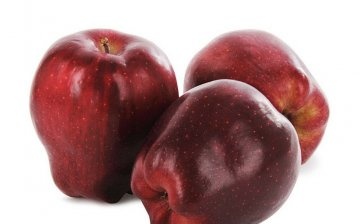
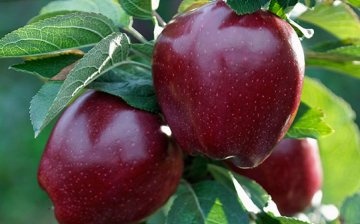
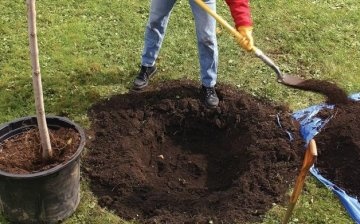

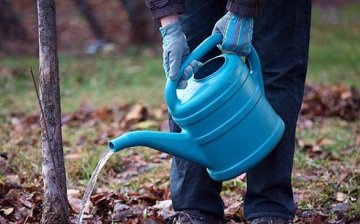
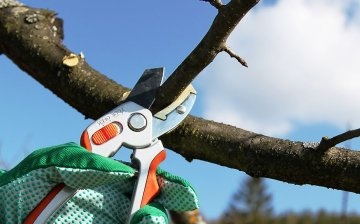
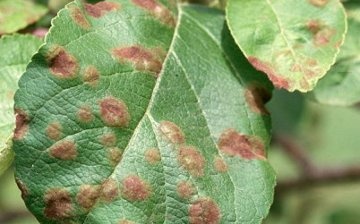
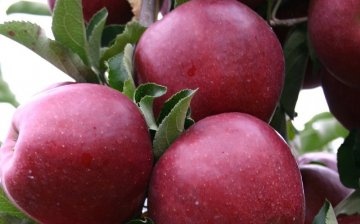








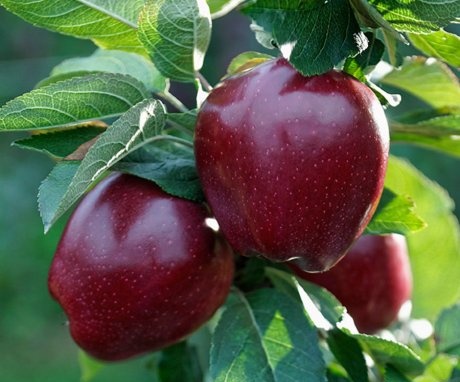
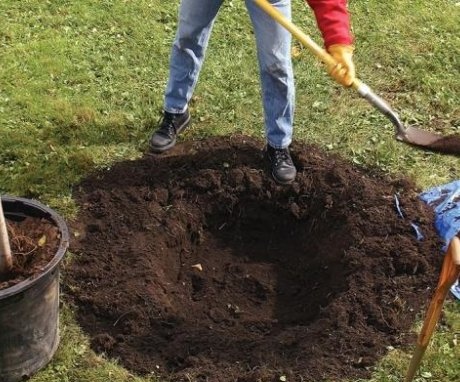
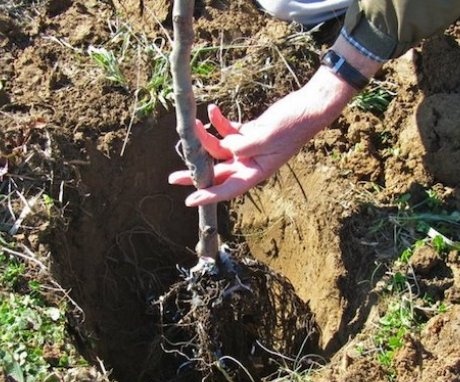

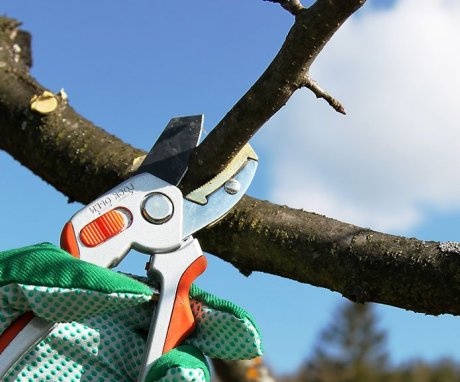
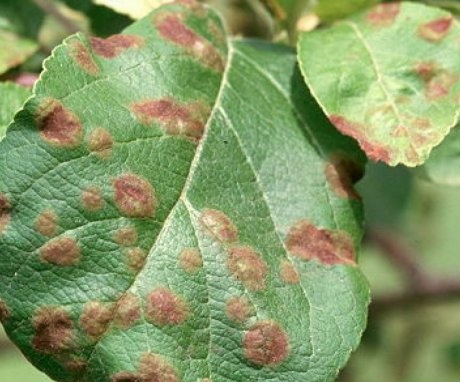
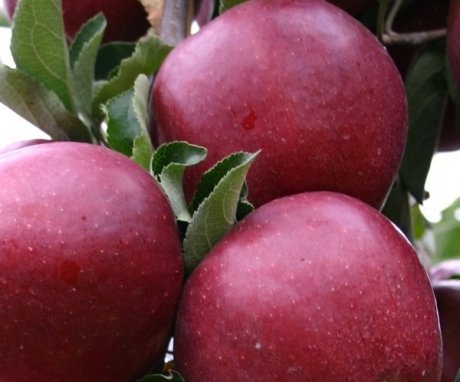
I bought such apples at the bazaar several times, the last time they turned out to be somehow tasteless and not at all, but once I took them, I liked them so much, we don't have this kind of apples at home.
I really like this variety, it has a sweet, rich taste, and these apples are stored perfectly all winter. I have them growing, but there were sometimes years when there was no harvest, but it happens.
In the kindergarten, the child has grown such apple trees in the walking area. They have a funny shape. This year a very bountiful harvest, the branches bend and lie on the ground. It is a pity that no one is looking after them.
We rested in the south, then for the first time I saw these apples in the industrial garden. There, because of the sun, they become straight burgundy-black. The pulp is juicy, fine-grained. Such a charlotte is the most it. Farmers cultivate for good transportation and attractive appearance.